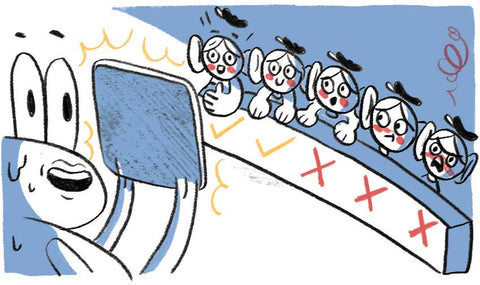At any UX design conference, this inevitable question always makes an appearance: "How do you get stakeholders to value design?". It seems to be the common denominator amongst UX practitioners in non-design lead organisations.
The truth is, there is no silver bullet to make someone suddenly see 'design' as the elixir to good business. It's a persistent problem that requires a persistent solution.
In good spirit, here are six ways to ensure that status-quo doesn't change - and the value of user-led design remains obfuscated and undervalued:
-
Keep your design process behind closed doors.
Don't show them how you work or they'll find out that you - like everyone else, don't have the answers.
-
Don't let them into your user testing sessions.
They'll ask stupid questions and derail the whole thing. They are busy people so its doubtful they could make it anyway.
-
Don't invite stakeholders to take part in ethnographic research.
They've already told you how well they know the user. Who are you to challenge that?
-
Never equate what you're doing in terms of money.
It's not all about money. You're making beautiful designs, not creating economic opportunity.
-
Don't talk about outcomes for the user.
Especially don't talk about how it benefits the business. Instead focus on details like typography, colour and layout.
-
Don't try and get involved in the business' strategy.
If you find an opportunity to get involved and influence your team, department or business' strategy - avoid it at all costs. Leave it to the people who know what they are doing.
If you happen to do any of the above, don't let it happen again. You don't want it to turn into a habit!
On a serious note, being a designer in a non-design lead org, you are by default an 'agent of change'. Taking on this role is a slow, frustrating and sometimes fruitless task that requires you to try hundreds of different things until one starts looking promising.
There is no quick fix to changing someone's world-view on the value of design. Change is long, slow and repetitive. When it comes to proving value, you must show, and not tell.
When you feel like you are repeating yourself, only then is your message starting to get across.
. . .
Check out the Stakeholder Map tactic so you aren't blind to who has power and influence over the value you are creating for users.








